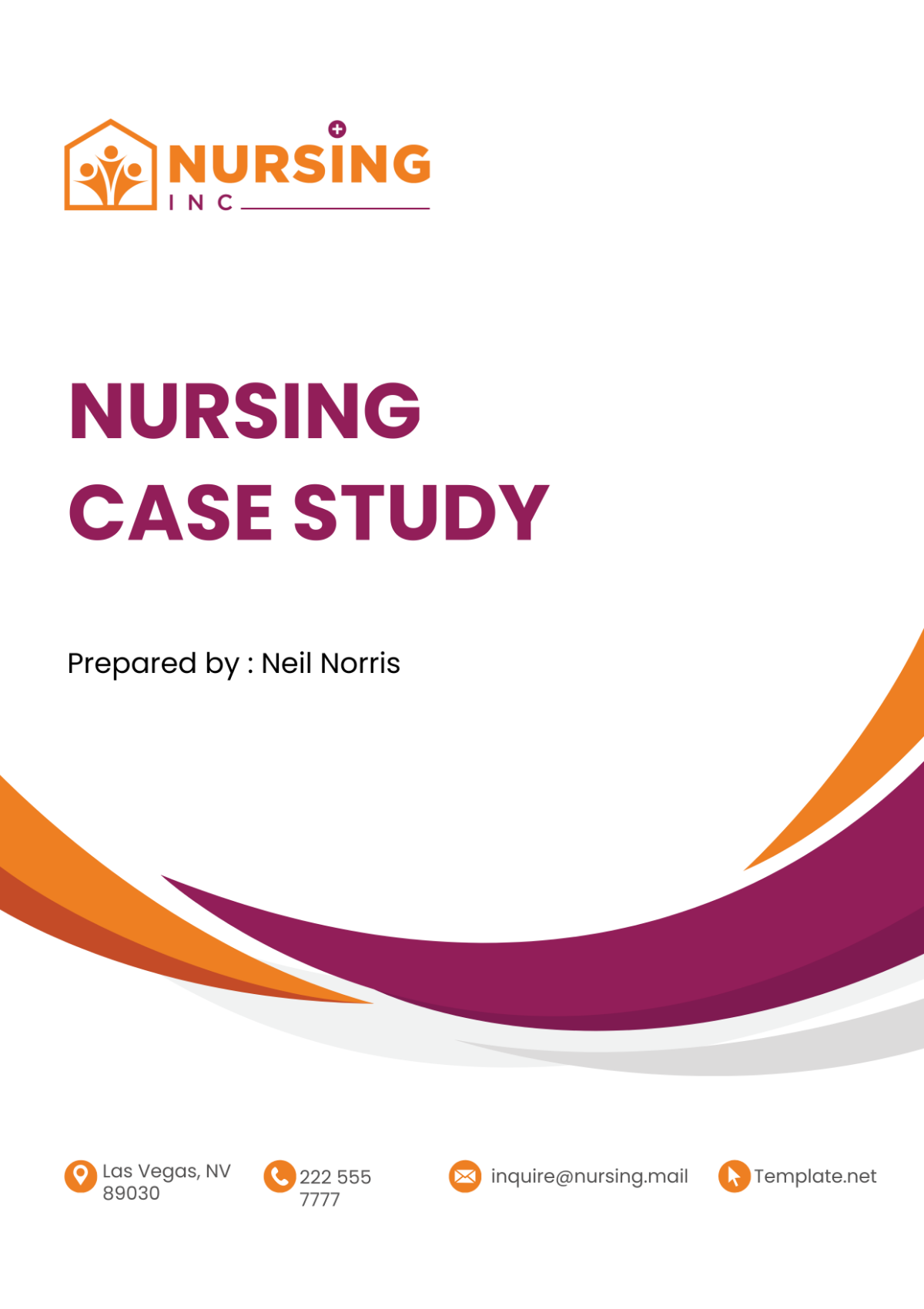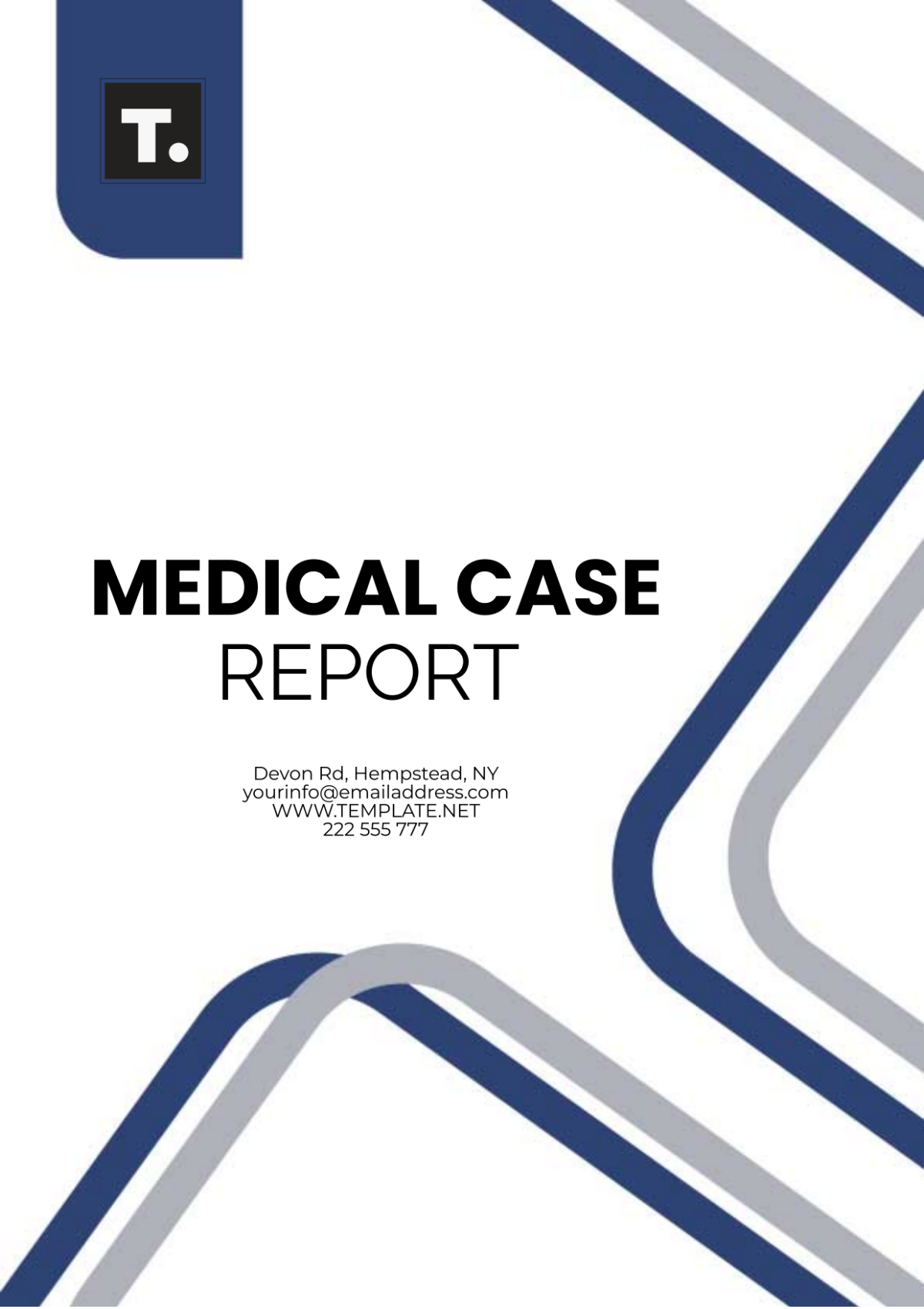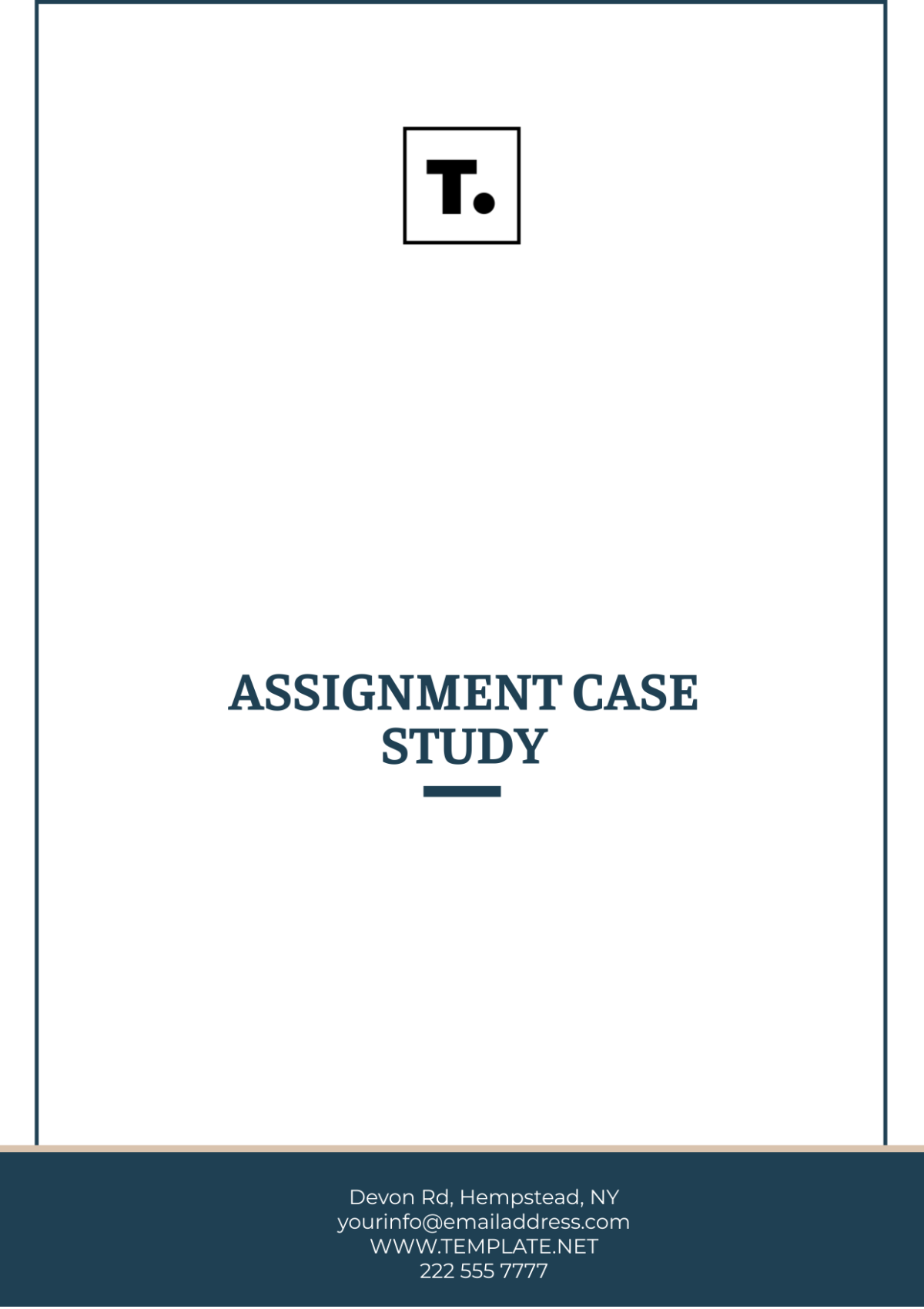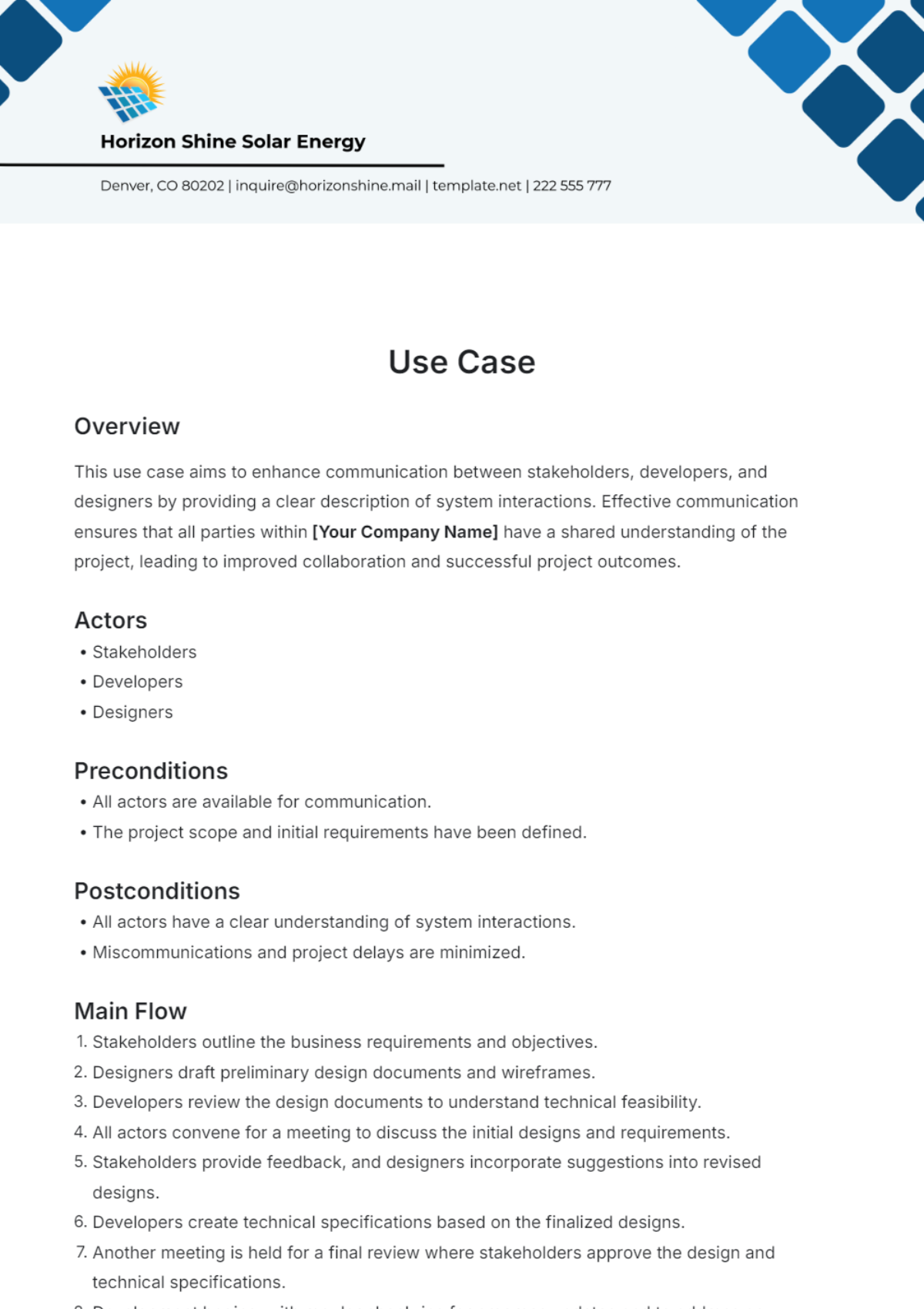Basic Study
Prepared by | Date |
|---|---|
[Your Name] | [Date] |
I. Introduction

Student mental health is a crucial aspect of academic success and overall well-being. This study focuses on the effects of exercise and music listening as potential interventions for enhancing this. Previous research suggested that exercise and music could significantly impact mood and stress levels, respectively. We hypothesized that incorporating these elements into daily regimen could help improve students' mental health. Hence, we conducted an empirical study involving high school and college students to test these projections.
II. Literature Review
Studies have confirmed the positive effects of regular exercise on individuals’ mood states (Strohle, 2009). In particular, it has been found to decrease symptoms of depression and anxiety while increasing levels of happiness (Josefsson et al., 2014). Exercise stimulates the production of endorphins, the body's "feel-good" hormones, and serotonin, a neurotransmitter that helps regulate mood.
Current research on music's impact on stress reduction is also substantial. A randomized controlled trial found that music listening was effective in reducing stress in high school students (Platz et al., 2020). Its therapeutic effects have been linked to reduced cortisol levels, heart rate, and blood pressure, giving credence to its potential for mitigating anxiety and promoting relaxation (Chanda & Levitin, 2013).
III. Methodology
50 college students were selected for the 4-week exercise trial through random sampling.
They were mandated to engage in a moderate-intensity workout routine for at least 30 to 45 minutes a day, five days a week.
Stress and mood levels of the students were assessed before and after the exercise regimen using the Profile of Mood States (POMS) questionnaire.
40 high school students were selected for the 2-week music listening trial through random sampling.
They were instructed to listen to music of their choosing for at least 45 minutes daily, and their stress levels were measured using the Perceived Stress Scale (PSS) before and after the program.
IV. Results
Results revealed a significant improvement in mood in college students after a 4-week exercise regimen. High school students partaking in the 2-week music listening sessions reported a significant decrease in stress levels. Comparatively, while both interventions indicated positive impacts, exercise showed a slightly broader effect on well-being, influencing both mood and stress levels. The table below provides a visual representation of the findings.
Intervention | Group | Improvement in mood | Reduction in stress levels |
|---|---|---|---|
Exercise | College students | Significant | Slight |
Music listening | High school students | Not significant | Significant |
The study unveiled notable outcomes following two distinct interventions among college and high school students. Specifically:
Exercise Intervention: College students participating in a 4-week exercise regimen exhibited a significant improvement in mood, accompanied by a slight reduction in stress levels.
Music Listening Intervention: High school students engaged in 2-week music listening sessions reported a significant decrease in stress levels, albeit with no notable improvement in mood.
Comparative Analysis:
While both interventions demonstrated positive impacts, the exercise intervention showcased a slightly broader effect on well-being, influencing both mood and stress levels across college students.
Conversely, the music listening intervention primarily targeted stress reduction among high school students, with no significant impact on mood improvement.
These findings underscore the nuanced effects of different interventions on mood and stress levels among college and high school students, contributing valuable insights into tailored approaches for promoting mental well-being within educational settings.
V. Discussion
Our findings align with the broader body of literature suggesting beneficial effects of exercise and music on mental health. Exercise appeared to notably enhance mood states among college students, likely due to the increased release of endorphins and serotonin. Therefore, integrating a regular workout regime into their daily activities could potentially improve their emotional well-being.
Similarly, music had a notable impact on stress reduction among high school students. Its calming and soothing effects are likely responsible for this. Encouraging music listening as a stress coping mechanism may be an effective strategy to alleviate their anxiety levels and promote relaxation.
VI. Conclusion
This study demonstrated the positive influence of exercise and music on student well-being. Both interventions showed significant potential in boosting mood and reducing stress levels, respectively. Given these findings, it is recommended that schools incorporate exercise programs and music activities as part of their student welfare initiatives. This would potentially lead to happier, healthier students who are better equipped to handle their academic responsibilities. However, future research is needed to explore these interventions' long-term effects and their applicability to different demographic groups.
VII. References
Chanda, M. L., & Levitin, D. J. (2013). The neurochemistry of music. Trends in Cognitive Sciences, 17(4), 179–193.
Josefsson, T., Lindwall, M., & Archer, T. (2014). Physical exercise intervention in depressive disorders: Meta-analysis and systematic review. Scandinavian Journal of Medicine & Science in Sports, 24(2), 259–272.
Platz, F., Kopiez, R., Hasselhorn, J., & Wolf, A. (2020). The impact of personality on the subjective assessment of music: Findings from a pilot study with a newly developed rating instrument. Musicae Scientiae, 24(1), 78–91.
Strohle, A. (2009). Physical activity, exercise, depression and anxiety disorders. Journal of Neural Transmission, 116(6), 777–784.

















































